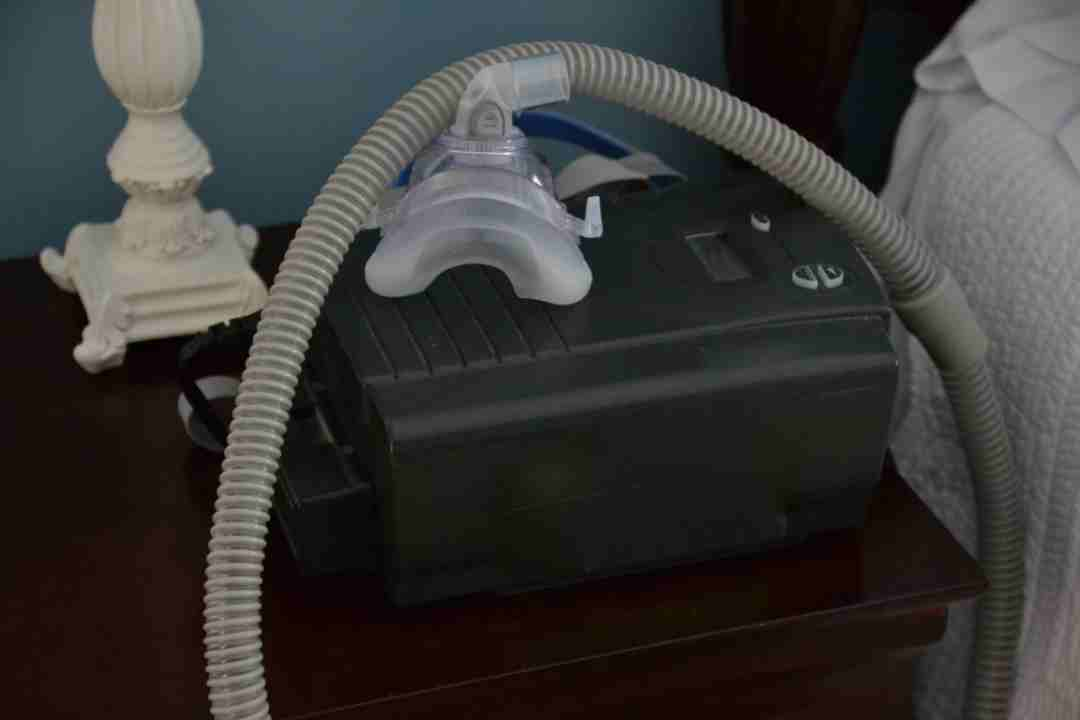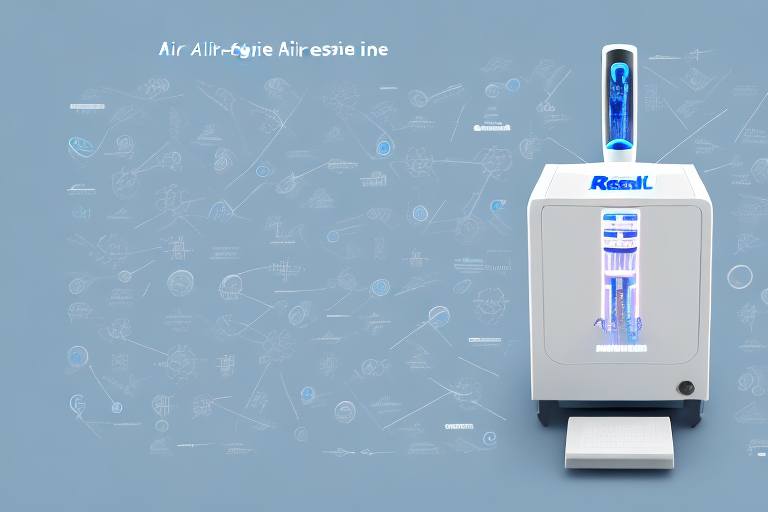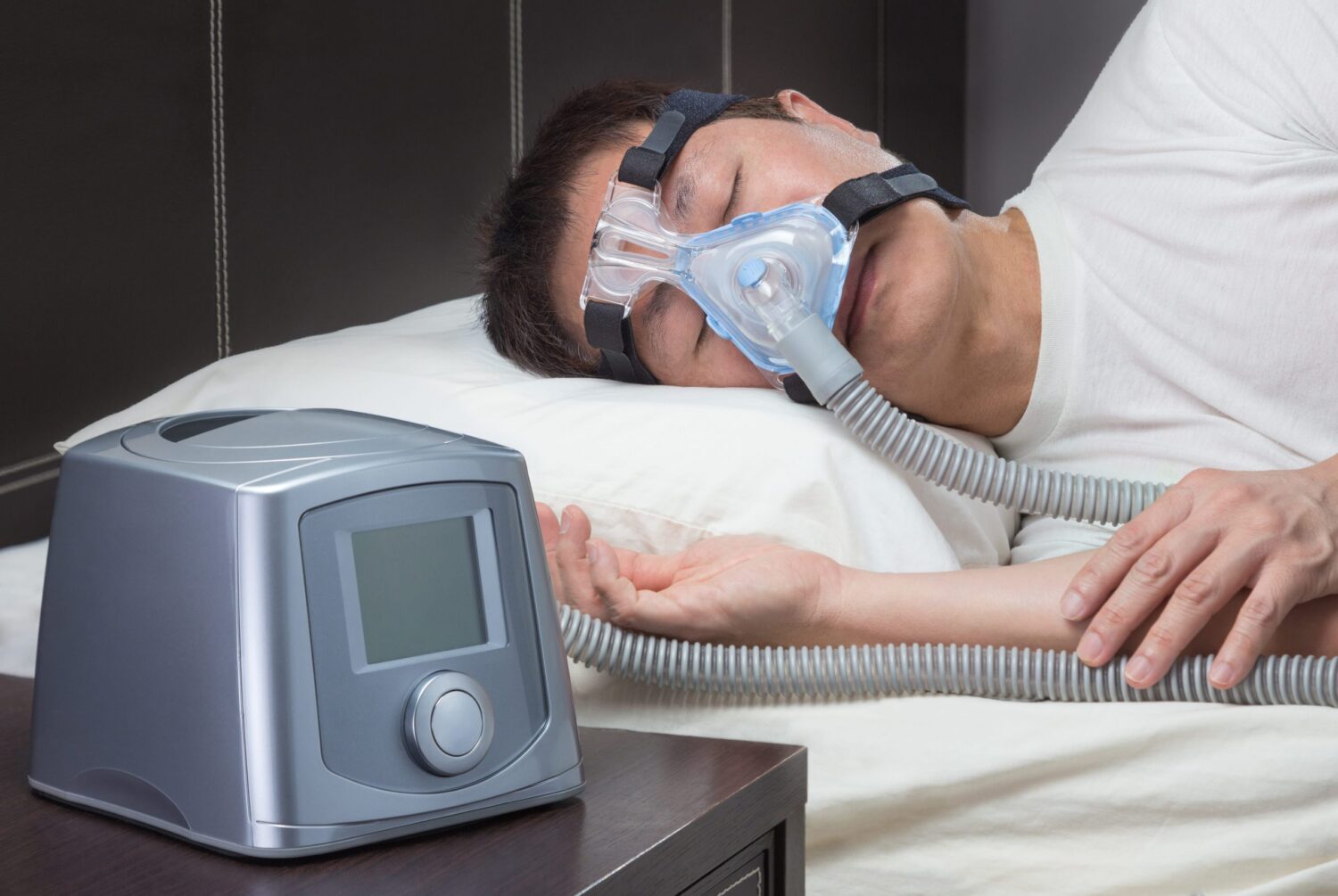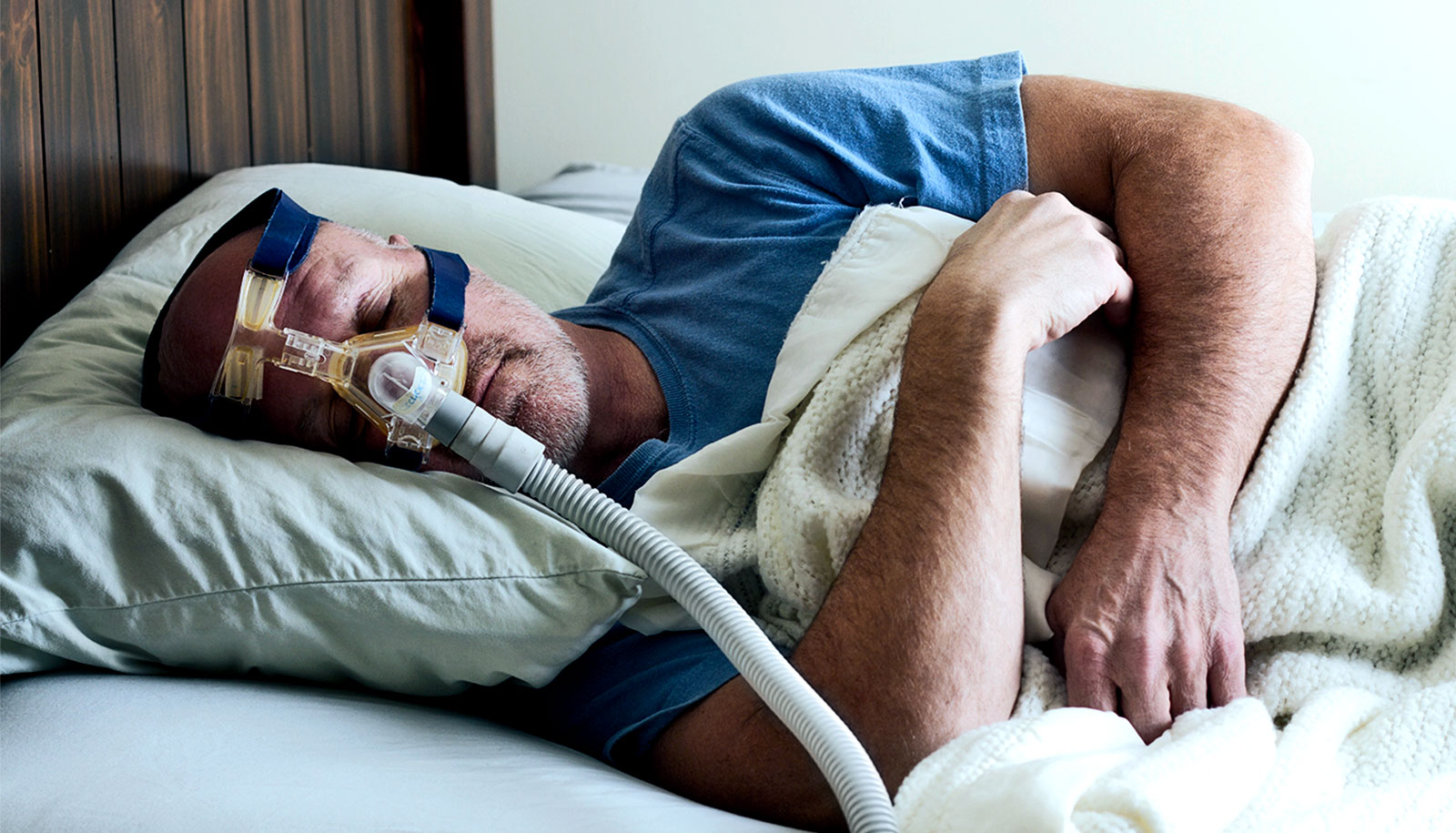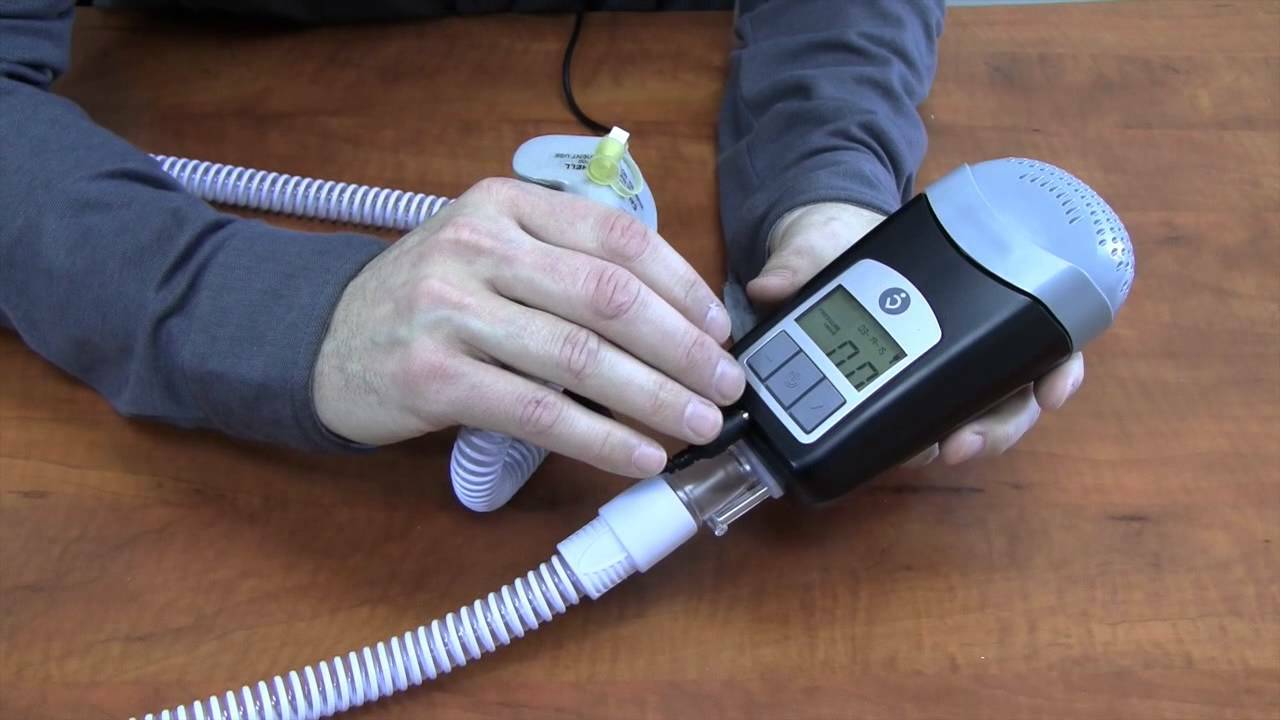Sleep apnea is a sleep disorder that affects millions of people worldwide. Characterized by interrupted breathing during sleep, this condition can lead to serious complications if left untreated. Over the years, continuous positive airway pressure (CPAP) machines have emerged as the go-to treatment for sleep apnea. Let’s explore the evolution of CPAP machines and their impact on the management of sleep apnea. Understanding Sleep Apnea Sleep apnea is a complex disorder with various underlying causes. In order to grasp the significance of CPAP machines, it is crucial to understand the science behind sleep apnea and its symptoms. The Science Behind Sleep Apnea Sleep apnea occurs when the airway becomes partially or completely blocked during sleep. This obstruction can…
Category: CPAP Machines
Are you struggling to get the most out of your ResMed AirSense 10 device? Do you feel like you’re not getting the quality sleep you need to feel alert and energized throughout the day? Don’t worry, you’re not alone. Many people find it challenging to navigate the various features and settings on their CPAP machine. That’s why we’ve put together this comprehensive guide to help you unlock the full potential of your ResMed AirSense 10. Let’s dive in! Understanding Your ResMed AirSense 10 Device Before we dive into the tips and tricks, it’s essential to have a basic understanding of your resmed airsense 10 device’s key features and functions. This machine is designed to deliver continuous positive airway…
What are the signs that indicate when to use a humidifier and when not to use it? Should I refrain from using it during the warmer months of summer and limit my use to the cooler months of fall and winter? Should I continue to use my CPAP humidifier during the winter as well? Does it actually assist with my treatment for getting me to sleep? These are some of the most typical questions that people who use a CPAP machine often ask. Why Should You Make Use of a CPAP Humidifier? The addition of humidification to CPAP therapy does not treat or cure obstructive sleep apnea (OSA) or upper airway resistance syndrome (UARS), but it does assist…
Some people may feel anxious or concerned about starting CPAP therapy, and that’s okay. When told they need to keep a CPAP machine by the bed and wear a mask to manage their sleep issue, many persons diagnosed with sleep apnea feel a combination of relief and aggravation. On the one hand, if you’ve been diagnosed with sleep apnea, you may feel some comfort from knowing that your collection of symptoms has a name and a treatment plan. These symptoms can include a sore throat, daytime sleepiness, headaches, concentration problems, brain fog, and other similar concerns. When you first begin CPAP therapy, you may notice an immediate improvement in your quality of sleep, your energy levels, and your…
CPAP users are getting ready to travel with their sleep apnea therapy as the holidays approach. Because of the disruptions caused by a change in environment, persons with sleep apnea may have a more difficult time falling asleep while travelling than those without the problem. Second, you’ll need to locate a dependable, transportable CPAP machine. Is there anything else I can do? Does a new mask become necessary? During my travels, how can I ensure that my CPAP therapy is as comfortable and easy as possible? The AirMini Autoset Travel CPAP Machine by ResMed and the Transcend Micro Auto Travel cpap machine for sleep apnea by Somnetics are two of the most well-liked CPAP machines for taking on…

